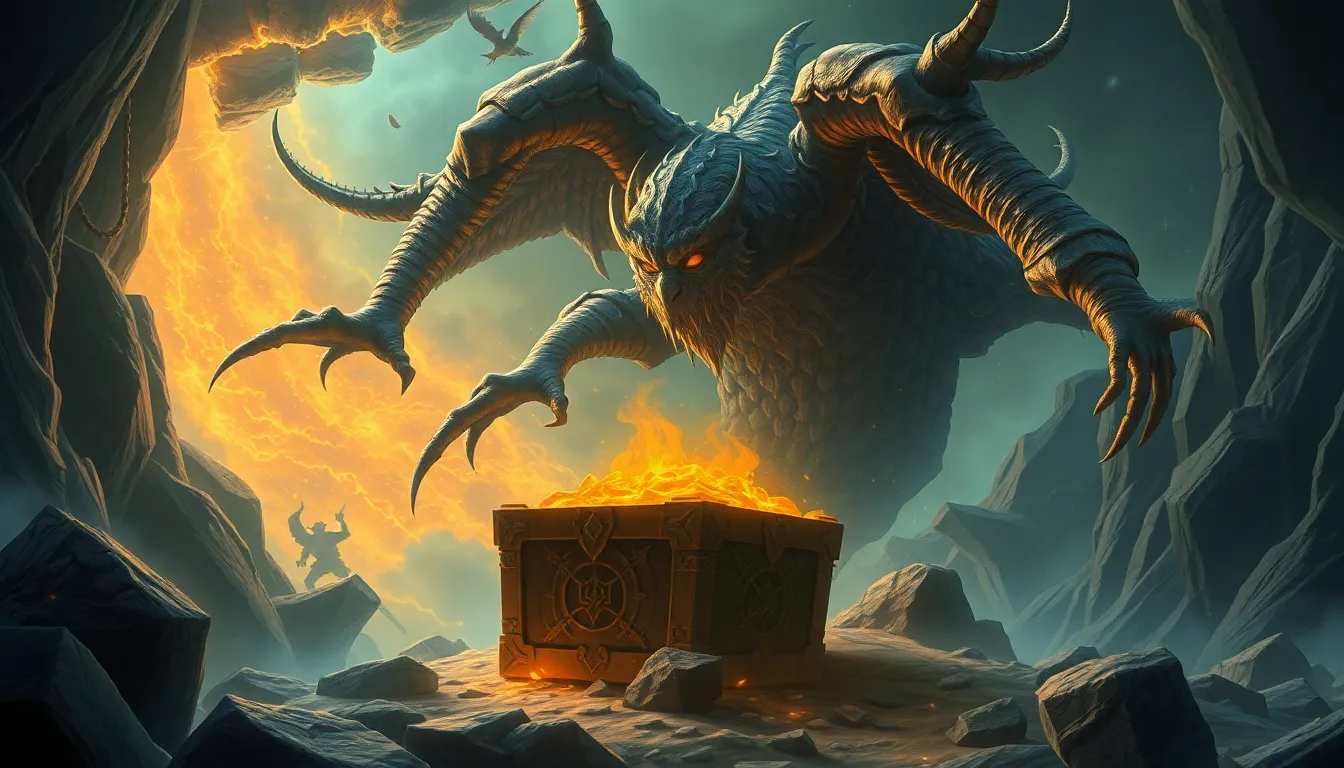The Quest for the Cursed Treasure: Legends of Doom
Introduction to Cursed Treasures
Cursed treasures have long captivated the human imagination, often featuring in folklore, literature, and film. These treasures are typically said to bring misfortune or disaster to those who possess them, creating an intricate web of legends and tales that endure through time. The cultural significance of cursed treasures lies in their ability to evoke both fear and fascination, embodying the age-old struggle between greed and morality.
The allure of cursed treasures is multifaceted; they serve as cautionary tales about the consequences of greed, betrayal, and the insatiable human desire for wealth. As these stories are passed down through generations, they evolve, blending fact with fiction, and enhancing their mystique in popular culture.
Historical Context of Cursed Treasures
Throughout history, numerous treasures have been shrouded in curses, often linked to tales of betrayal and greed. The origins of these legends can be traced back to significant historical events, where treasures became symbols of ambition gone awry. The creation of these legends often parallels the human experiences of loss and consequence.
Some famous cursed treasures include:
- The Hope Diamond
- The Flor de la Mar
- Montezuma’s Gold
Each story reflects the darker side of human nature, where the pursuit of wealth leads to doom.
The Most Notorious Cursed Treasures
The Hope Diamond
The Hope Diamond, with its deep blue hue and rich history, is perhaps one of the most famous cursed treasures. Originating from India, it was said to be stolen from a sacred statue, setting off a chain of misfortunes for its owners. Tales of death, madness, and misfortune surround the diamond, contributing to its reputation as a harbinger of doom.
The Treasure of the Flor de la Mar
The Flor de la Mar was a Portuguese galleon that sank in 1511, carrying a significant fortune in gold and jewels. Legends claim that the treasure remains undiscovered, and many who have sought it have met untimely ends. The haunting legacy of this shipwreck continues to intrigue treasure hunters around the world.
Montezuma’s Gold
The riches of the Aztec emperor Montezuma are steeped in myth. After the Spanish conquest, it is believed that a vast amount of gold was hidden to prevent it from falling into the hands of the conquerors. Over the centuries, many have sought this elusive treasure, but tales of misfortune and mysterious disappearances have only added to its legend.
Legends and Myths: Common Themes
Common themes recur in the legends of cursed treasures, often revolving around:
- Betrayal
- Death
- Misfortune
These motifs highlight the psychological impact that such myths have on treasure hunters. The fear of a curse can be as powerful as the lure of wealth, influencing decisions and actions in the pursuit of treasure.
Famous Expeditions: Tales of Adventurers and Their Fates
Numerous expeditions have sought cursed treasures, each with its own tale of ambition and tragedy.
The Lost Dutchman Mine
The Lost Dutchman Mine in the Superstition Mountains of Arizona is said to contain a fortune in gold. Many who have searched for it have vanished or met tragic ends, leading to an enduring legend of its curse.
Captain Kidd’s Treasure
The infamous pirate Captain Kidd is said to have buried treasure on various islands, leading many adventurers to seek their fortune. However, tales of betrayal and ill fate surround those who have attempted to uncover his riches.
The Oak Island Treasure
The modern-day quest for the Oak Island treasure has captivated treasure hunters for over two centuries. Numerous excavations have resulted in injuries, financial ruin, and even death, fueling the belief in the island’s curse.
The Science of Cursed Treasures
The belief in cursed treasures can be examined through psychological and sociological lenses. The allure of wealth and the fear of misfortune can greatly influence the behavior of treasure hunters. These psychological factors often lead to irrational decision-making and an intense fixation on the quest for treasure, overshadowing common sense.
The Role of Pop Culture in Cursed Treasure Narratives
Cursed treasures have found a significant place in popular culture, appearing in films, literature, and video games. Works such as “Pirates of the Caribbean” and novels like “Treasure Island” have shaped public perception of cursed treasures. These portrayals often romanticize the idea of treasure hunting, while simultaneously reinforcing the notion of curses and their consequences.
Modern-Day Treasure Hunters: Risks and Rewards
Contemporary treasure hunters, driven by the allure of discovery, often face numerous risks. Profiles of these individuals reveal diverse motivations, from financial gain to historical preservation. However, legal and ethical considerations play a significant role in their quests, as many treasures belong to nations or are protected by law.
Debunking the Myths: Are Curses Real?
The scientific community often regards curses as mere superstition. Studies on luck and human psychology suggest that outcomes attributed to curses may be explained through coincidence and cognitive biases. Personal anecdotes from treasure hunters reveal varied beliefs, with some swearing by the existence of curses while others dismiss them entirely.
Conclusion: The Enduring Fascination with Cursed Treasures
Cursed treasures continue to captivate our imagination, representing the eternal struggle between greed and consequence. As treasure hunting evolves, so too will the legends surrounding these fabled riches. The quest for cursed treasures remains an enduring adventure, inviting new generations to explore the mysteries and risks associated with the pursuit of wealth.



